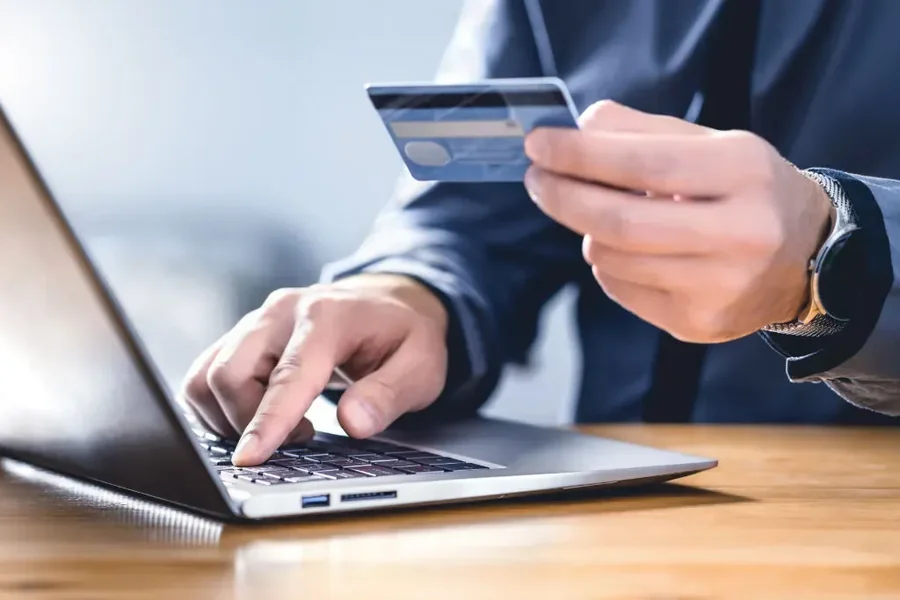Credit card fraud is one of the fastest‑growing crimes in the world. It’s not just an occasional hassle—it’s a multi‑billion‑dollar industry for criminals, and it impacts both individuals and businesses. With more of our lives and money moving online, the risk is higher than ever.
Fraudsters are clever, patient, and constantly adapting. That means staying safe isn’t a one‑time fix—it’s an ongoing process. If you want to see a more technical breakdown of how these scams work, the article What is Credit Card Fraud? gives a solid overview of the basics. Here, we’ll dig deeper into the real‑world tactics, warning signs, and prevention strategies that work in 2025.
What Is Credit Card Fraud?
Credit card fraud happens when someone uses your card—or your card details—without your permission. It can involve buying goods, withdrawing cash, or carrying out more complex schemes like identity theft.
Importantly, the criminal doesn’t need your actual card. In fact, many modern scams happen remotely. Your details might be stolen during a data breach, captured by a skimming device, or tricked out of you via phishing. Once your information is out there, it can be sold on underground forums and used over and over again.
How Criminals Get Your Details
- Stolen Card
This is the oldest trick in the book. A pickpocket gets your wallet in a crowded street, or a thief snatches your bag from a café table. Before you realise it’s gone, the card has been used for a series of fast, high‑value purchases. - Skimming and Shimming
Skimming involves fitting a discreet reader onto a legitimate terminal—most often an ATM or gas pump. When you swipe your card, the device copies the magnetic stripe data. Some scammers also use “shimmers,” paper‑thin chips inserted into a card slot to steal chip data. Hidden cameras often capture your PIN at the same time. - Phishing and Smishing
Phishing emails and “smishing” text messages often pretend to be from your bank, delivery company, or even a government agency. They’ll use urgency (“Your account will be locked!”) to push you into clicking a link and entering your details. - Data Breaches
Retail chains, hotels, healthcare providers, and apps are frequent targets. When a breach happens, hackers can walk away with millions of credit card numbers. These often end up for sale on the dark web for just a few dollars each. - Card‑Not‑Present (CNP) Fraud
This type of fraud happens during online or phone transactions where the physical card isn’t needed. A scammer with your card number and expiry date can start shopping immediately.
Evolving Tactics to Watch Out For
Fraudsters don’t stand still. Here are some of the latest techniques:
- Synthetic Identity Fraud: Criminals blend real and fake personal data to create new, convincing identities. They might use a real Social Security number paired with a fictitious name and date of birth.
- Account Takeover: Once they have enough information about you, scammers can reset your passwords, log into your accounts, and lock you out entirely.
- Social Engineering: This involves manipulating real people rather than hacking systems. For example, a fraudster might call customer service, pretend to be you, and convince the agent to reset your password.
Real‑World Scenarios
Imagine this: You’re at an airport and grab a coffee before boarding. While paying, someone nearby “shoulder surfs” your card details. That evening, while you’re mid‑flight, your card is used to buy high‑end electronics online.
Or picture a small business selling handmade goods online. The owner ships an expensive order to a customer who paid with a stolen card. Two weeks later, the payment is reversed through a chargeback, leaving the business out the product and the money.
How to Spot the Warning Signs
Fraud rarely starts with a huge purchase. More often, criminals test the waters with small charges to see if the card works. Warning signs include:
- Transactions you don’t remember making
- Bank alerts about suspicious activity
- Notifications for login attempts or password changes you didn’t request
- A sudden drop in your credit score without explanation
- Orders or deliveries arriving at your address that you didn’t place
What to Do Immediately
Time is critical. The faster you act, the less damage is done:
- Call your bank or card issuer to block the card and report the fraud.
- Freeze or cancel the card and request a new one.
- Review recent transactions to identify other fraudulent activity.
- File a police report if identity theft is involved.
- Notify credit bureaus and consider a fraud alert or freeze.
- Change passwords and enable multi‑factor authentication on all accounts.
Prevention Strategies That Work
For Individuals:
- Use virtual cards for online purchases so your real number is hidden.
- Enable instant transaction alerts via your bank’s app.
- Shop only on secure websites (look for HTTPS).
- Avoid using public Wi‑Fi for banking or payments.
- Turn on multi‑factor authentication wherever possible.
- Check your statements every month without fail.
For Businesses:
- Use PCI‑compliant payment processors that support tokenisation and encryption.
- Train staff to spot suspicious behaviour, such as mismatched billing and shipping addresses.
- Implement fraud‑detection tools to flag risky transactions before approval.
- Encrypt customer data at every stage of the transaction.
Why This Matters Now More Than Ever
As contactless payments, mobile wallets, and online shopping continue to grow, so does the opportunity for fraud. The cost isn’t just financial—there’s also the stress, time, and loss of trust to consider.
The good news? Awareness and technology are improving. By combining smart habits with security tools—and staying informed you can dramatically cut your risk.
Fraud prevention isn’t about paranoia. It’s about preparation. The people who spot problems early, act quickly, and keep their security practices up to date are the ones who stay ahead of the criminals.






